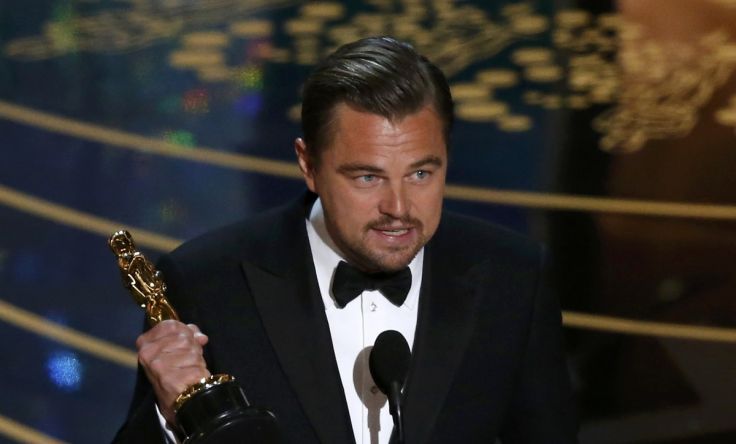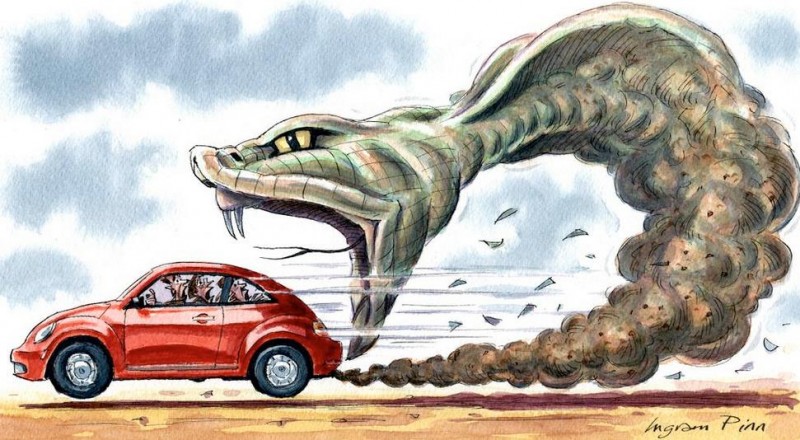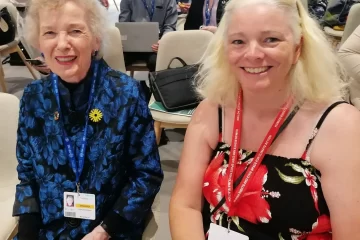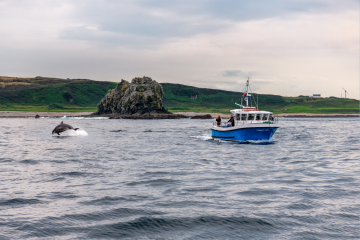Can innovative technologies rescue us from climate disaster?

November 5th, 2018
The future of our tech industry is green, and the future health of our climate relies on better tech. This was the strong message from the Industrial Technologies Conference 2018 held this week in Vienna.
Bringing 1,000 experts from academia, industry and policy together, attendees had the opportunity to exchange information and to strengthen collaboration.
The focus of the event was the smart growth of industries, with exhibitions showcasing an impressive array of technology, from robots designed to provide autonomous packet delivery to concrete that uses nanotechnology to repair itself.
The future of tech is green
Bertrand Piccard, from the Solar Impulse Foundation, spoke passionately on Innovative Thinking for Clean Growth. He spoke of the technology that already exists, but is simply underfunded and outsold by the already established fossil driven tech.
For example, we know how to make steel cheaper using less water; we have created carbon negative materials for construction, and have made traditional building materials such as concrete more durable.
So why don’t we? Piccard highlights the need for businesses to halt a close-minded way of thinking about short-term profit, and instead think of what the long-term benefits could be.
‘We need to see that investing is a long term strategy. We need to open our minds.’
This was echoed by Sabine Herlitschka, CEO and CTO of Infineon Technologies Austria. She spoke of Key Enabling Technologies (KET), and their importance for the stable future of Europe.
“I think it’s unacceptable that some 80% of energy creation relies on fossil fuels. We have energy efficient technology, and with digitisation, we are able to come up with more for less.
She pointed out how Europe is far behind the USA and China in terms of key enabling technologies such as artificial intelligence, and warned that “Europe may become dependent on importing this technology in the future”.

Panel discussion on Key Enabling Technologies Photo: Catherine O’Toole
The future of the workplace
Many speakers and exhibitions painted a picture of a futuristic workplace, where robots perform traditional manual labour, and employees will be focused on the creation and organisation of these elements, and on new jobs that still seem largely fantastical.
However, seeing the technology on show in this building, and hearing of how offices are already changing, this futuristic portrayal does not seem far away.
Herlitschka explained how jobs will be created. First, jobs will change, then the sector needs to be stabilised, after which new job profiles can be developed.
Educating people from an early age in how to use and develop technology will be important, and citizens need to be involved in the design process. The creative people who are already developing this technology also need to be actively supported.

Dr Gallagher receives runner up plaque from European Commission’s Director-General for Research and Innovation, Jean-Eric Paquet Photo: Catherine O’Toole
Promising technologies for a greener future
‘More for less’ was certainly on display in the exhibition area as LTFN Nanotechnology displayed their printed solar panels consisting of organic material printed on acetate. Though they are less efficient in terms of the energy they capture, they excel in their ability to collect energy from a variety of light sources, including overcast days and indoor lighting.
The Gelclad project is generating lightweight external wall insulation, which will attain high energy efficiency and be compostable at their end of life. Likewise, Isobio is creating insulation panels made from natural production materials such as hemp.
Another construction project, Reshealience, is rethinking coastal defence with fibre reinforced ccement-based materials. One of their pilot projects on the west coast of Ireland will have precast breakwater elements installed. This could increase our flood protection at a lower cost than before.
For this reporter, the message was clear. With investment and focus, we can see the rise of a cleaner technology industry, healthier cities and ecosystems, and a changed economy. This is only one branch of what is needed for a sustainable world, but it is an important and promising one.
Whether we can look past short-term gain and act quickly for future generations, is still to be seen.
[x_author title=”About the Author”]







